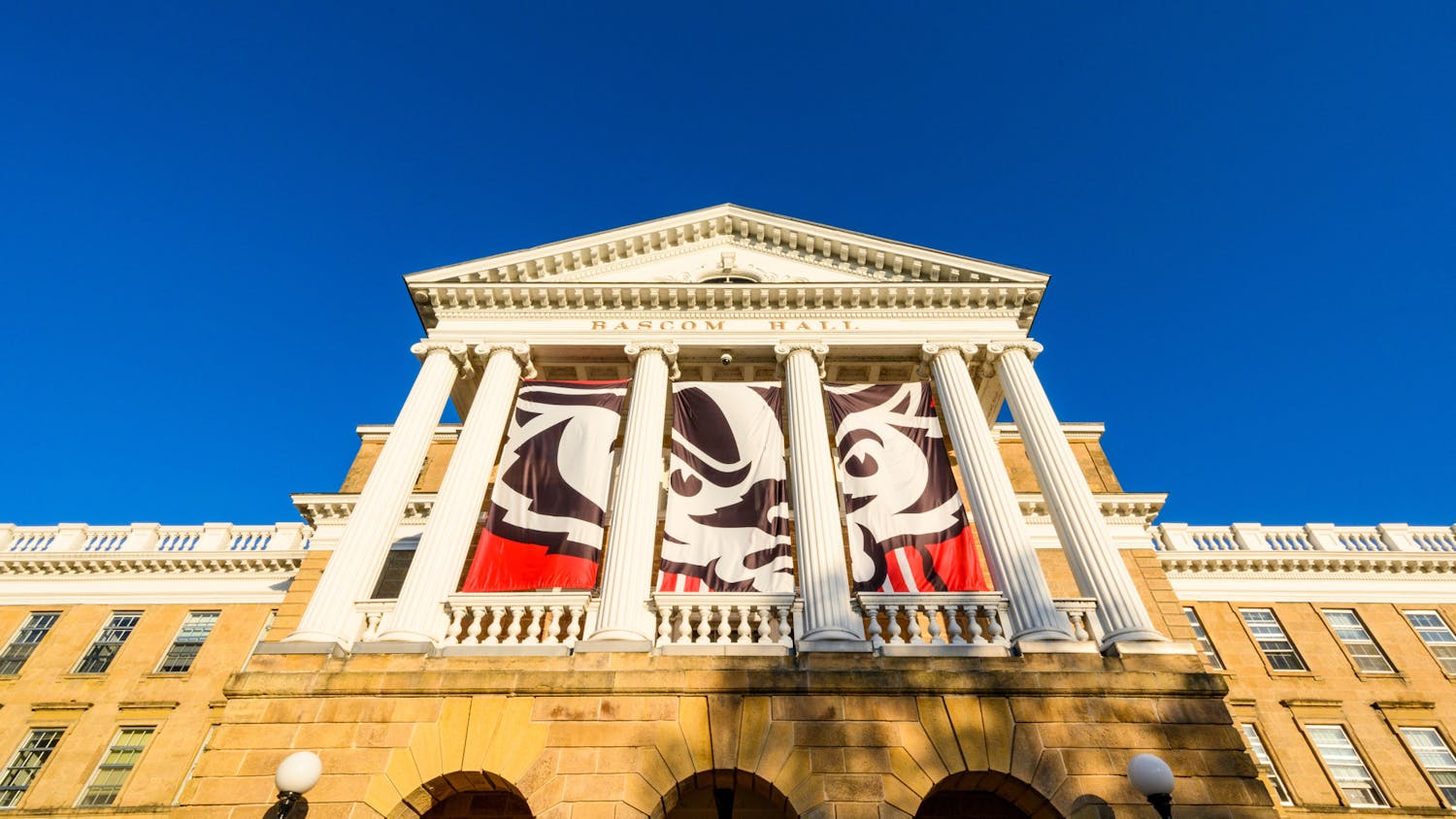This year—for the ninth consecutive year—the University of Wisconsin-Madison increased its tuition by 5.5 percent, the maximum percentage increase allowed under state law. For the first time in the school’s history, tuition is more than $10,000 a year for in-state students. Including room and board, the cost of attendance is about $24,000 for in-state students.
Over the past few decades, Americans have been told that the source of the rising cost of a college education is reckless spending by university administrators. Conventional wisdom holds that universities are caught in a veritable spending war, where they’re forced to increase spending on eye-catching facilities, sundry class offerings and prominent faculty to attract potential students. The problem with conventional wisdom is that it doesn’t tell the whole story. Many public universities are actually cutting expenditures, not expanding them.
Another cause of the rising cost of a college education, to be sure, is a phenomenon that economists refer to as the “cost disease of personal services.” In essence, sectors of the economy that require personal services—like education and health care—have trouble increasing their productivity. Today, the amount of students that a professor can teach is essentially unchanged from decades ago. Meanwhile, other sectors of the economy benefit greatly from new technologies that enable greater efficiency and productivity. Despite the relatively unchanged level of productivity in personal services over past decades, professors must be paid salaries that are competitive in today’s economy, which means tuition increases will outpace the overall rate of inflation.
But the cost disease of personal services doesn’t tell the whole story. The most recent contributor to the rising cost of higher education at public universities is the most pernicious of all: cash-strapped state legislatures slashing funding to higher education. Every state except Vermont has a compulsory balanced budget. Amid decreased tax revenues resulting from the Great Recession and subsequent tepid economic recovery, many state legislatures have looked to trimming fat at public universities to balance the budget. The problem is they’ve trimmed more than just the fat. Recent cuts are nearing universities’ vital organs.
At public universities across the country, students are being forced to pay for a greater percentage of their education than ever before. In 1984, the state of Texas paid for about half the cost of educating students at the University of Texas-Austin. Today, the state pays just 13 percent of the cost of higher education at the state’s flagship school. Due to cuts in funding, many universities have been forced to choose between increasing their tuition and sacrificing the quality of education that they offer. Most have done both.
Many students whose families saved money for college since they were first born saw much of their savings erased by the financial crisis. And yet state legislatures continue to cut funding to universities and aid to students.
But draconian cuts to public universities aren’t just bad for today’s students; they’re bad for tomorrow’s economy, too. At best, the cuts are myopic. Today, America’s fifteen year olds rank 17th in reading, 23rd in science and 31st in math worldwide. We can’t afford to let that happen to our higher education system. Currently, 74 percent of the world’s top 50 universities are in the United States. That means a better-educated workforce and a more competitive economy.
Of course, the world’s best universities are little help if they’re unaffordable, and that’s what’s at stake. The University of Wisconsin System has received over $310 million in cuts over the past two years. The cost of attendance at the state’s flagship school has reached $24,000. Meanwhile, the state’s median household income is $52,058. For many families in Wisconsin—and across the country—public universities are becoming increasingly unaffordable. That’s a problem for our economy.
Cutting funding to public universities is an expedient way for state legislatures to balance their budgets, but those cuts come with serious costs to our future economic output. Simply put, we can’t afford to abandon our public universities—or our students.
Please send all feedback to opinion@dailycardinal.com.





